Species Highlight: Coyotes
Species Highlight: Coyote
Text and photos by Heather Cline
This species highlight is going to differ from my usual format. I will be highlighting coyotes, but instead of providing information on their lifespan, physical attributes and social behaviors, I wanted to spend some time focusing on why this animal is one of the most hated animals in America. Coyotes are misunderstood and are often feared, reviled and prosecuted due to myths and misconceptions.
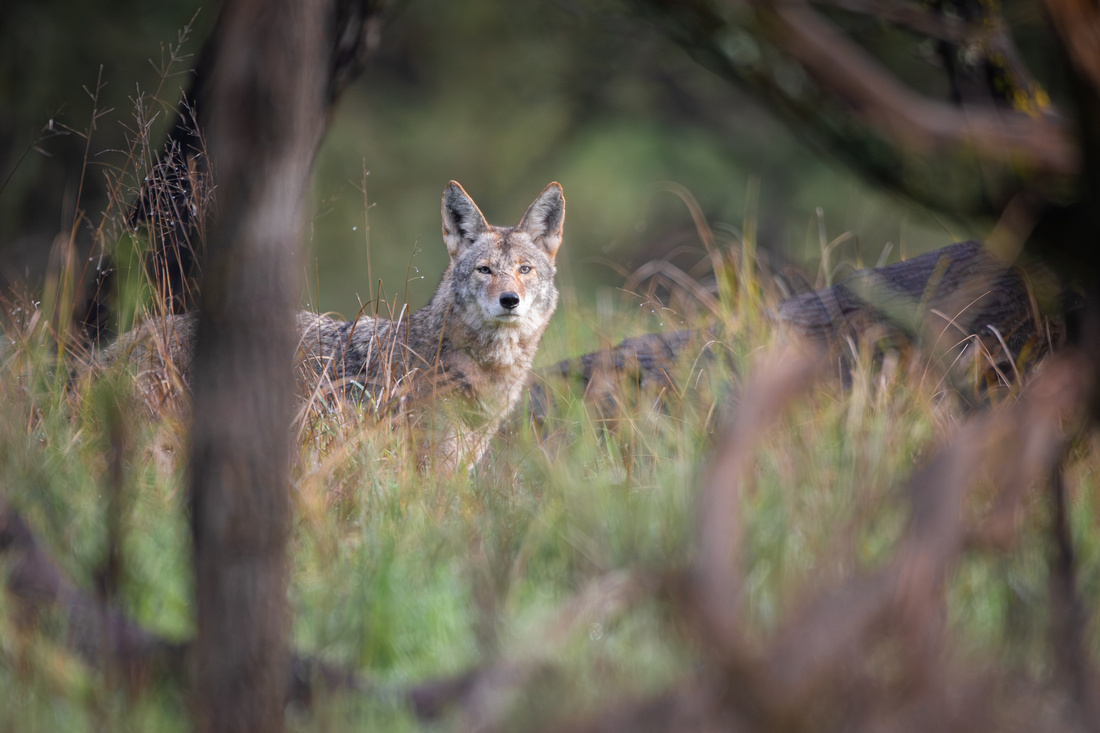

- Myth: Coyotes form packs like wolves
- Reality: Coyotes don’t form packs like wolves. They live in family groups made up of a mated pair and their pups. Although they are social and sometimes travel together, they don’t follow the same strict hierarchy as wolf packs. Coyotes are social creatures and occasionally hunt in pairs, but they mainly hunt on their own.
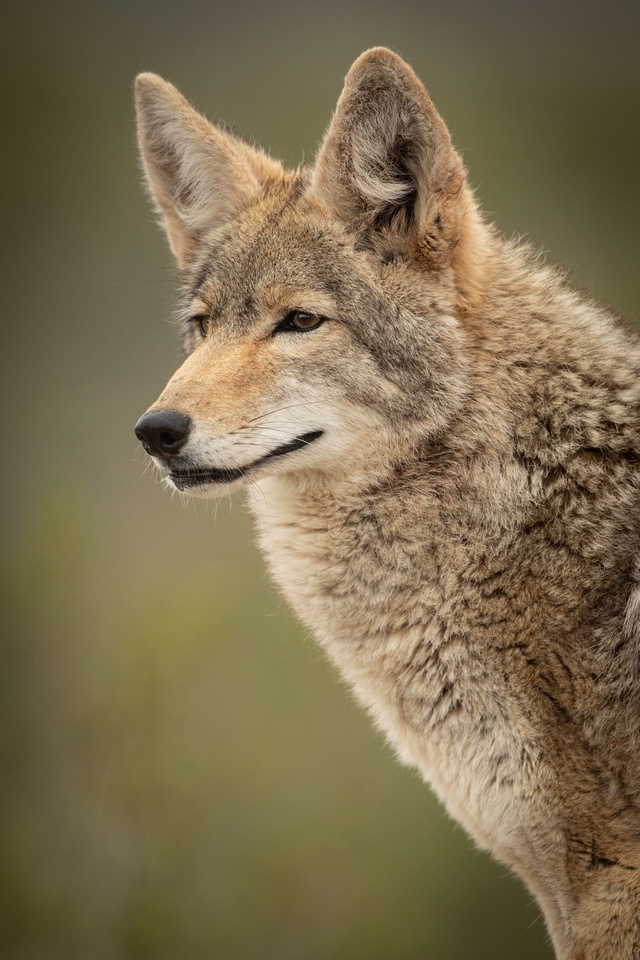

- Myth: Hunting coyotes controls the population
- Reality: Hunting coyotes doesn’t necessarily reduce their numbers. It can actually cause their population to grow through increased breeding and migration. Over a century of coyote hunting has not led to a lasting decrease in their population.
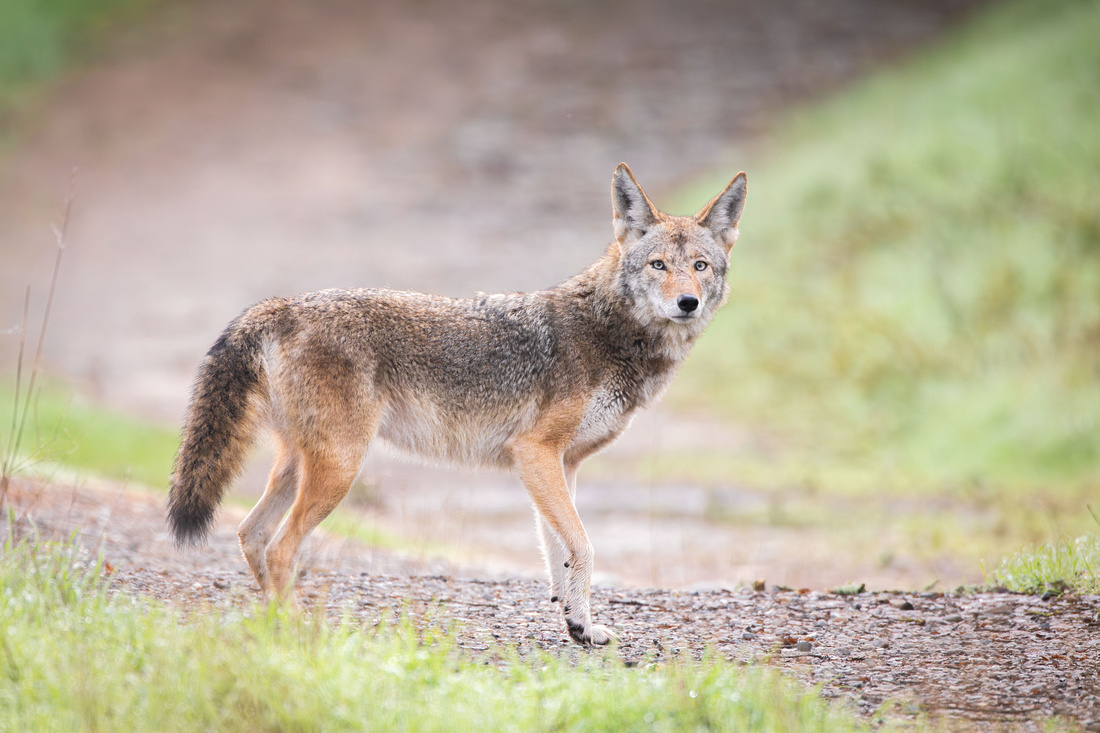

- Myth: Coyotes are nocturnal
- Reality: Coyotes are not strictly nocturnal. While they are often more active after sunset and at night, coyotes can and do venture out during the day.
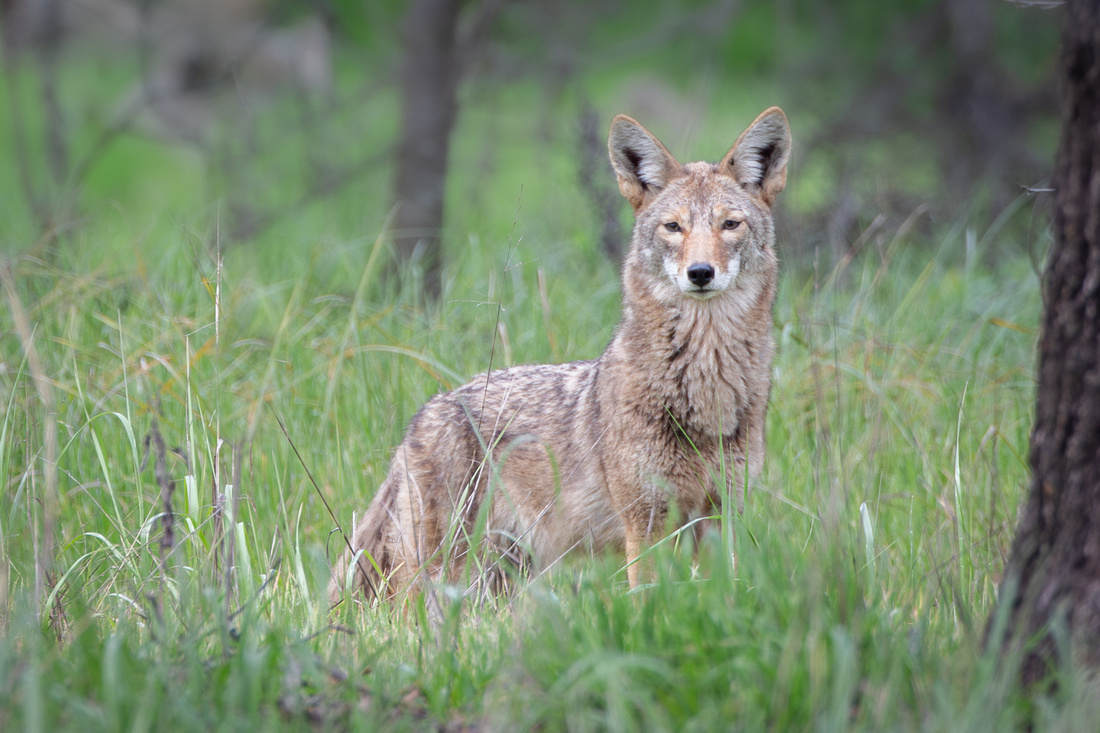

- Myth: Coyotes howl at the moon
- Reality: Coyotes do not howl at the moon. Coyotes howl to communicate with other pack members, establish and defend territory, or warn other coyotes that they are not welcome.
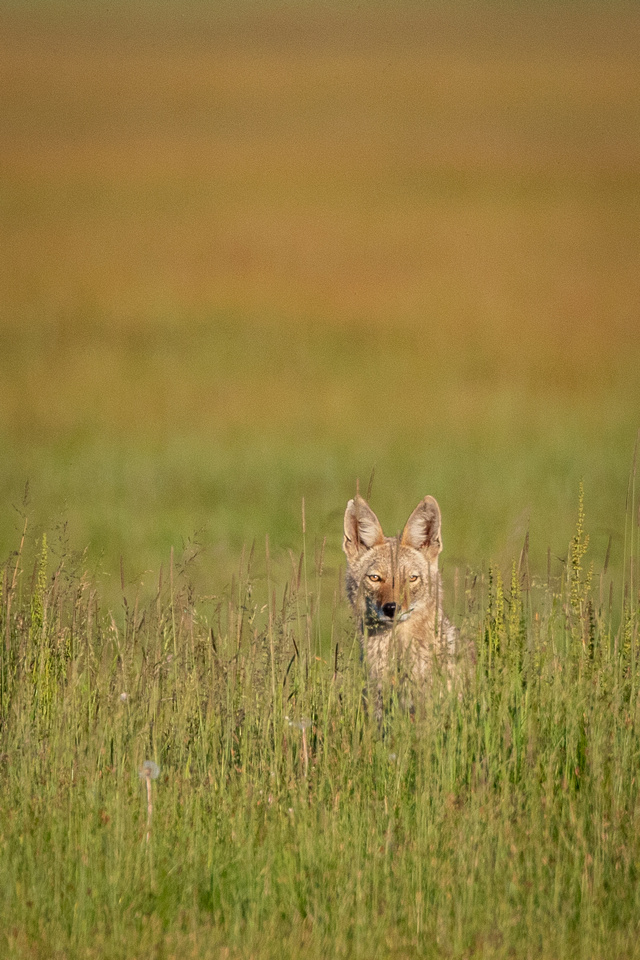

- Myth: Coyotes are carnivores
- Reality: Coyotes are omnivores, eating both plants and animals. Their diet includes small mammals like rabbits, insects, fruits, and berries, depending on their habitat. While mainly carnivorous, they can also digest plants and fruits.
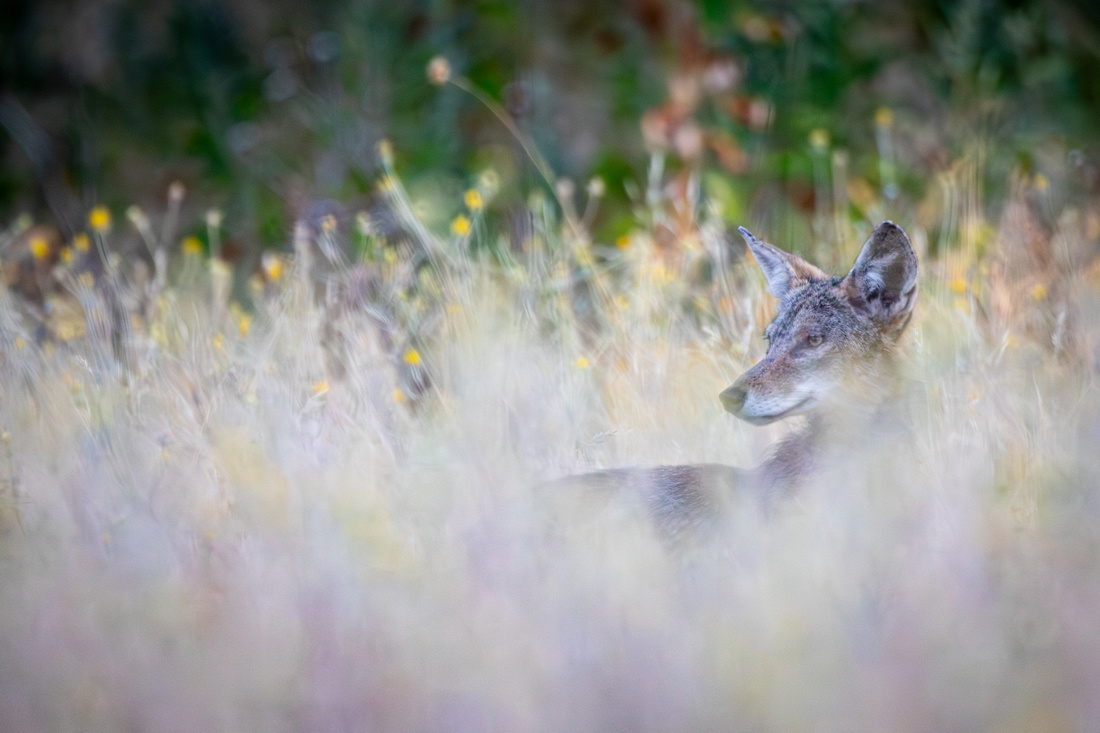

- Myth: Coyotes are invasive to the United States
- Reality: An invasive species is one that harms the environment or economy in areas where it isn’t native. Coyotes, part of North America’s wild dog family (Canidae), are not invasive. They naturally expanded into the Eastern U.S. after top predators like mountain lions, timber wolves, and wolverines were eliminated.
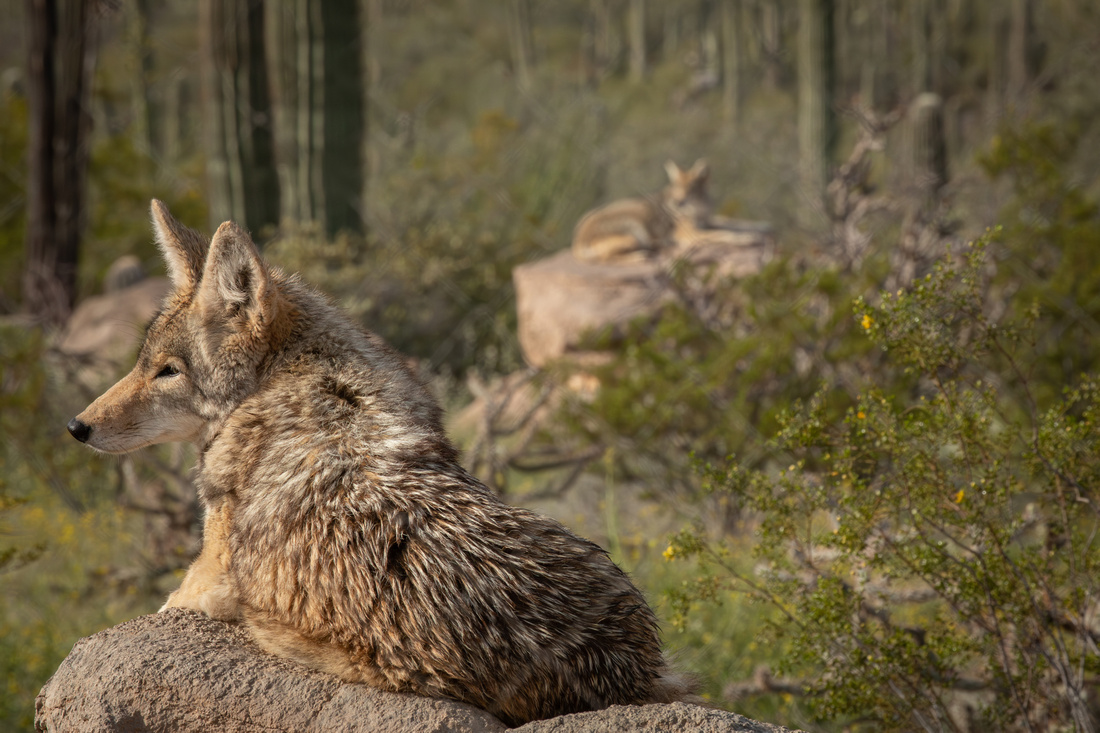

- Myth: Coyotes howl and shriek when they’ve made a kill
- Reality: Coyotes rarely manage to successfully take down large animals. Their main prey is small mammals like mice and rabbits. They usually hunt alone or in pairs, and they don’t howl after a successful hunt.
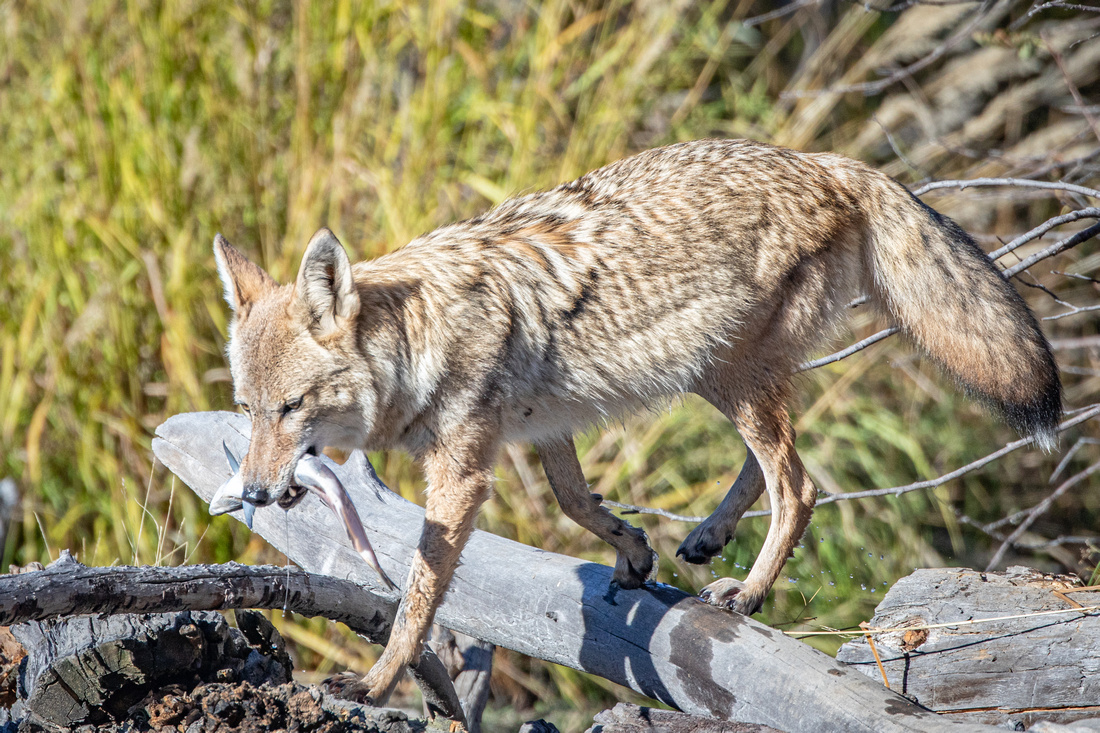

- Myth: A coyote will try to lure your dog away from your home where the rest of the pack is awaiting to kill it
- Reality: Although coyotes are highly intelligent, their minds function differently from humans. They don’t have the ability to understand and predict another animal’s thoughts and feelings or create detailed future plans like humans. A coyote is not capable of tricking a dog by pretending to befriend it or devise a plan to lure it into a trap.
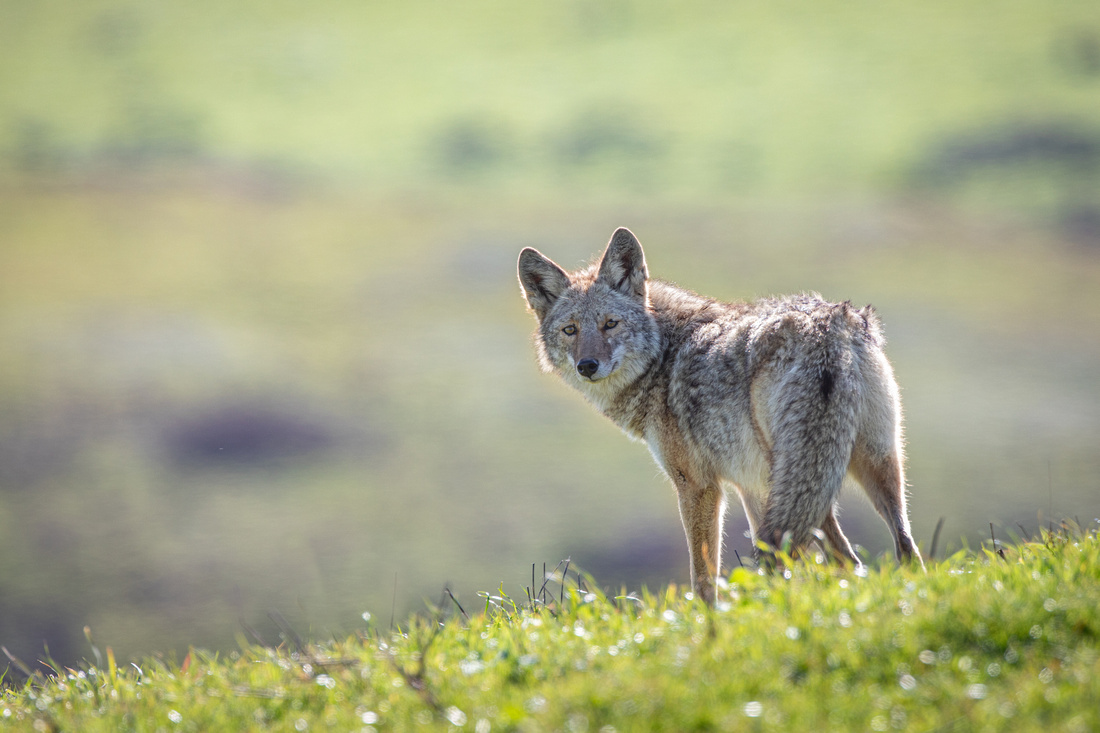

- Myth: If you see a coyote out during the day, they are likely rabid.
- Reality: Spotting a coyote during the day doesn’t mean it has rabies. Daytime activity is common, especially in spring and summer when they hunt rodents for their pups. To check if a coyote is sick, look for signs like tiredness, fever, vomiting, or loss of appetite.
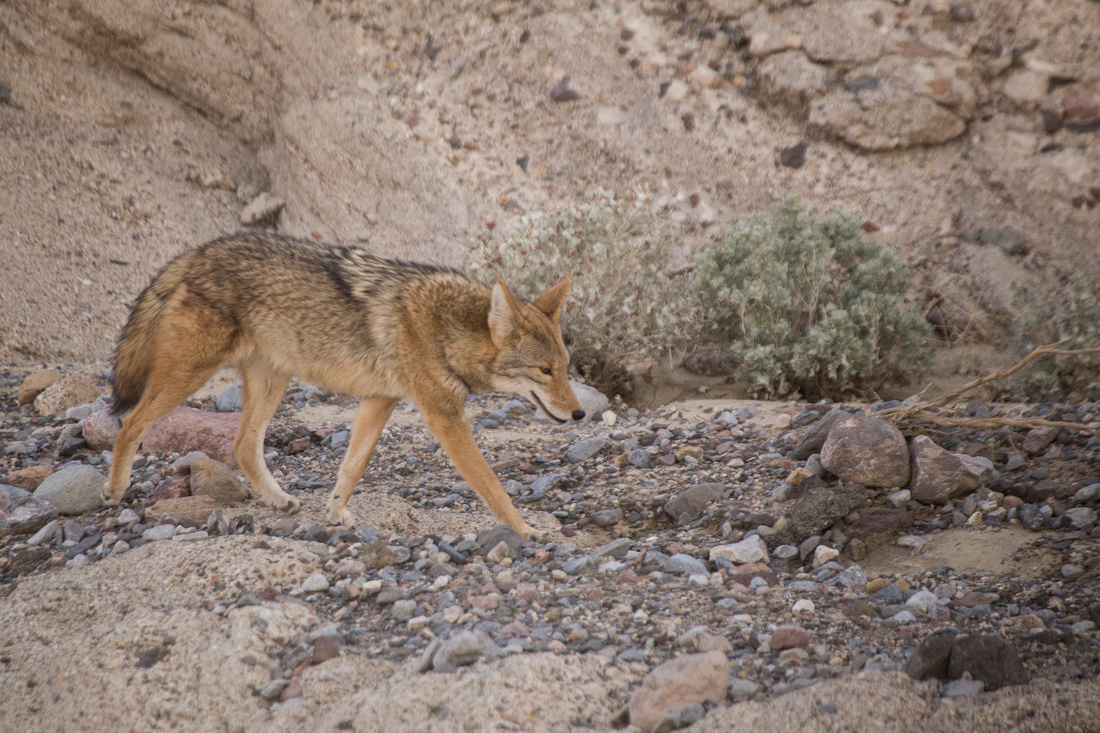

- Myth: Coyotes pose a threat to humans
- Reality: Coyotes are naturally shy and wary animals. They will avoid humans and attempt to access food unseen whenever possible. Humans are the coyote's greatest threat, followed by cougars and gray wolves.
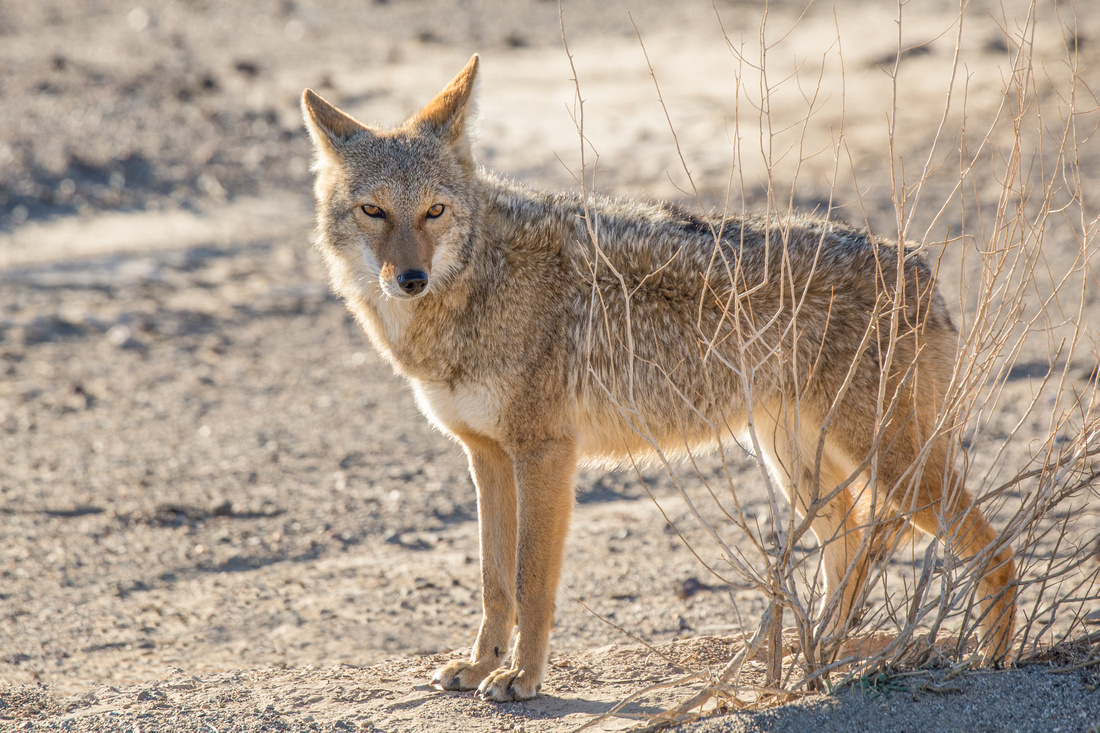

- Myth: If not 'controlled', coyotes are a threat to livestock
- Reality: While it is true that coyotes are opportunistic hunters, repeated studies have shown their primary food source is rodents, fruit, rabbits and deer. Losses of livestock to carnivores are minimal. Effective livestock management and protective strategies can greatly decrease conflicts with coyotes.
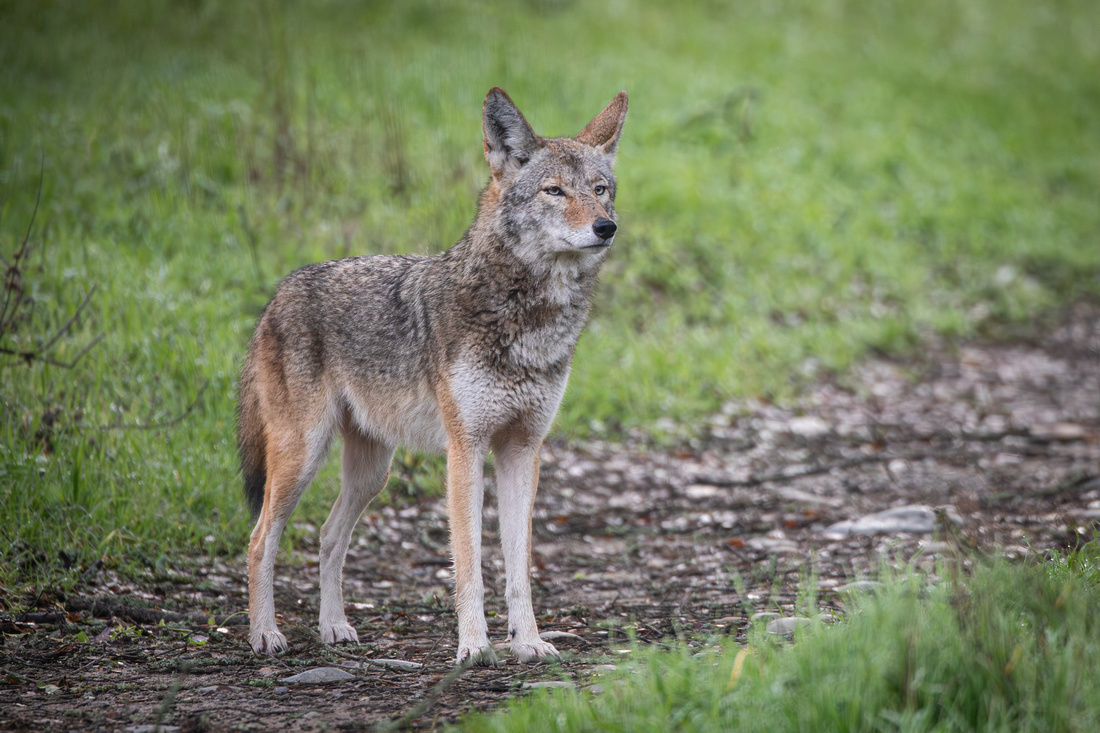

- Myth: Coyotes kill for fun
- Reality: Coyotes are curious and playful, much like domestic dogs, but they generally avoid wasting energy on killing animals they won’t eat.
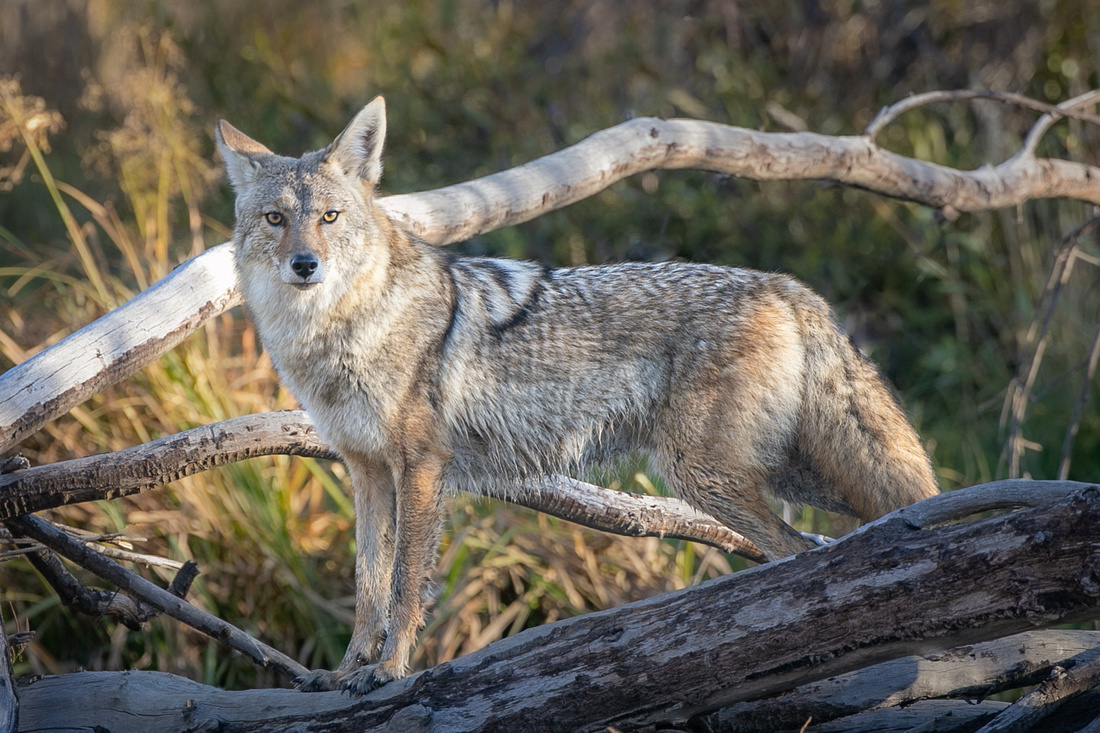

Coyotes are essential for keeping ecosystems balanced. As predators, they control small mammal populations, preventing overpopulation and preserving species diversity. They also scavenge, cleaning up carrion, which helps stop disease spread and supports nutrient recycling in the food web. Coyotes are regarded as a keystone species, as their presence or absence greatly influences the surrounding biological community. Coyotes lived in North America far before humans arrived on the scene. Human-coyote conflicts are often the result of poor choices on our part. I leave you with some simple tips for reducing human-coyote conflicts:
- Do not feed wildlife
- Feed dogs and cats indoors and/or clean up after them
- Do not leave small pets unattended outdoors from dusk to dawn
- Walk your dog on a leash
- Keep outdoor birds or hens in a secure pen or house
- Cover garbage and compost
- Pick up fallen fruit from trees
As always, the images in this blog were captured by me. Through photography, I am fortunate to witness wildlife behaviors first-hand and always feel lucky when I am able to observe coyotes doing what they, and all other wildlife, do in their natural environment: finding food, shelter, and raising their young. It's not so different from what we humans do every day.
Comments
Thanks for debunking myths and providing the reality!